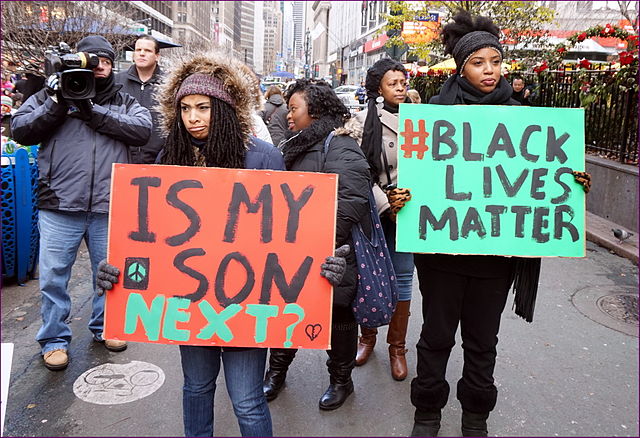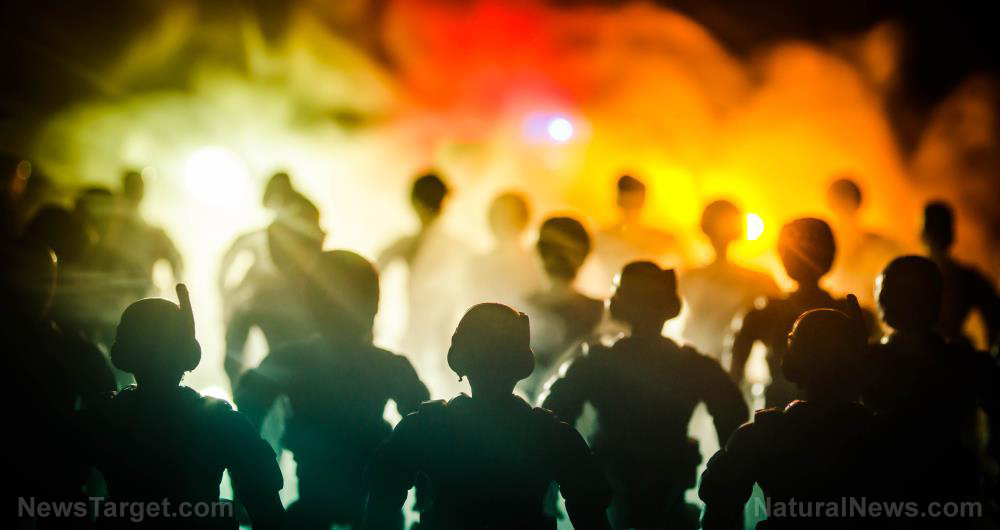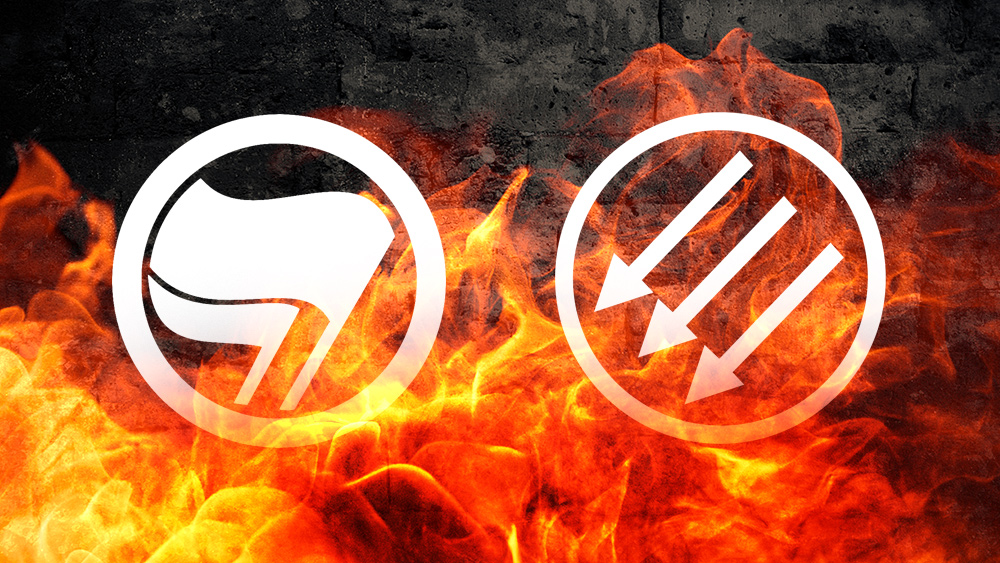Texas sees record coronavirus hospitalizations after early reopening
06/09/2020 / By Franz Walker

Texas reported a record number of Wuhan coronavirus (COVID-19) hospitalizations Monday. The report comes weeks after Gov. Greg Abbott took the lead in easing social distancing measures to help the state’s economy and alleviate unemployment.
Abbott announced the third phase of reopening Texas businesses Wednesday, allowing virtually all businesses to operate at 50 percent capacity.
“The people of Texas continue to prove that we can safely and responsibly open our state for business while containing COVID-19 and keeping our state safe,” he said in a statement.
However, it seems that that statement may have come too soon. The Texas Department of State Health Services (DSHS) reported a total of 1,953 hospitalizations due to COVID-19, beating the previous record of 1,888 patients set on May 5.
More than 75,400 people in Texas have been infected with the coronavirus, according to data from Johns Hopkins University.
Increased cases attributed to “isolated hotspots”
Texas was one of the first states to relax coronavirus restrictions, allowing its statewide restrictions to expire on April 30 and some businesses to open on May 1. (Related: Revelers flood Texas beaches without coronavirus protection.)
Last Wednesday, Abbott expanded the reopening. Restaurants can now increase their table size from six to 10 people, and on June 12, ramp up their capacities to 75 percent. Meanwhile, professional sports will now be allowed to shift from 25 percent capacity in their stadiums to 50 percent capacity. Collegiate sports have also been allowed to resume at 50 percent capacity.
In response to the rising number of infections and hospitalizations, Abbott emphasized that these new cases were “largely the result of isolated hot spots in nursing homes, jails, and meatpacking plants.” According to the governor’s office, cases from these places comprised over 45 percent of new cases in the past week.
While hospitalizations from the coronavirus are increasing, Texas hospitals still have the capacity to handle them. The state currently has more than 1,600 open intensive-care unity beds as well as more than 5,800 ventilators available for critically ill COVID-19 patients.
Fears of a second wave
The increase in the number of coronavirus cases and hospitalizations in Texas has led some to raise fears of a possible second wave of the disease in the state.
“On Monday, Texas saw its highest 7-day average of new cases since the pandemic began,” said state Rep. Chris Turner. “The data are clear — unfortunately, COVID-19 cases are moving in the wrong direction right now and we need to tap the brakes, not step on the gas.”
Some health officials, however, state that the increased numbers come as a result of expanded testing and not of a second wave. On Thursday, Dallas County Health Department Director Dr. Philip Huang stated that the recent increase cases could be partly due to an effort to test every nursing home resident and staffer in the state for the virus.
DSHS data shows that, as of Wednesday, 1,250,868 tests had been conducted in Texas. While the testing has gone up, it still falls short of the 30,000 tests per day Abbott initially set for reopening the state.
In addition to the increased testing, Abbott has also focused on the positivity rate — the ration of confirmed cases to total tests — as a measure of how the state is doing. The state’s seven-day rolling average went down from a high of 13.86 percent in mid-April to around 5 percent for May. However, this figure has started moving upward, with it hitting 8.22 percent Wednesday.
In response to the increased positivity rate, Abbot stated that Texans should expect temporary increases in the positivity rate as the state ramps up testing, especially in the hotspots Abbott has listed.
Hospitalization as a better measure of a state’s post-reopening performance
Hospitalization rates are being touted as a better way to track a state’s reopening performance, according to some medical experts. This is due to the fact that this data is much harder to skew than testing data, which fluctuates depending on how many tests are done.
“Looking at things like how many ICU admissions and deaths are probably some of the strongest and most reliable [data points] because they are the worst outcomes that could happen,” said Dr. David Hardy, an infectious disease specialist at Johns Hopkins University School of Medicine.
For the past few weeks, hospitalization rates in Texas have not seen any major change, hovering around 1,400 and 1,800 in most days. In North Texas, experts had initially stated that the number of hospitalizations had flattened.
“We continue to see a flattening or plateau in terms of the number of patients being admitted or requiring ICU care,” stated Dr. Miguel Benet, chief medical officer of the Medical City Healthcare hospital chain.
The recent record spike in hospitalizations, however, contradicts the earlier projections and may bring into question the state’s current course.
Learn more about the coronavirus at Pandemic.news.
Sources include:
Tagged Under: coronavirus, covid-19, disease, flu, government, Greg Abbott, hospitalization, infections, outbreak, pandemic, reopening, sickness, superbug, Texas, USA, virus
RECENT NEWS & ARTICLES
COPYRIGHT © 2017 CHAOS NEWS


















